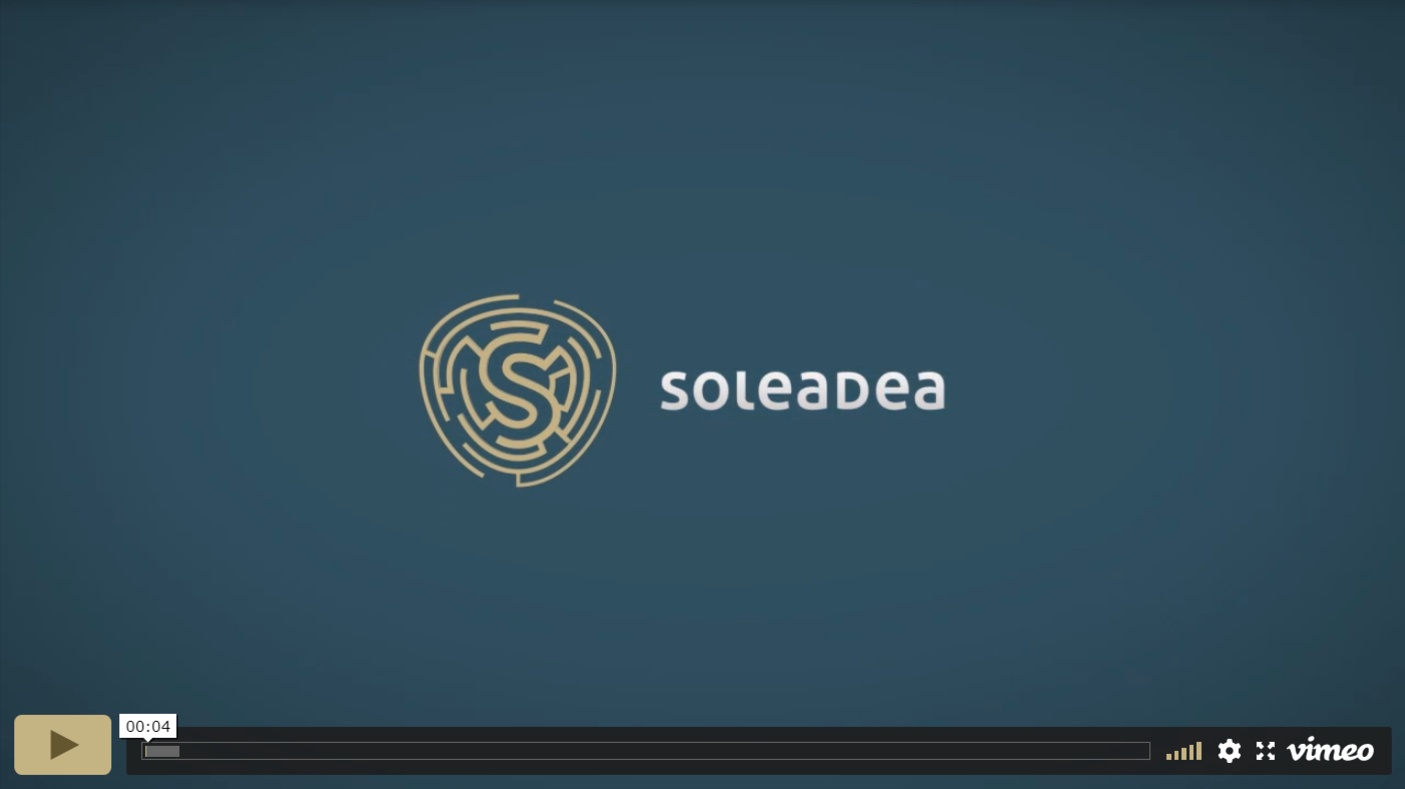Level 1 CFA® Exam:
Factors Affecting the Price of Option
In this lesson we are discussing factors affecting the price of an option.
The factors affecting the price of an option:
- price of the underlying asset,
- income on the underlying asset within the lifetime of the option (e.g. dividend in the case of stocks),
- exercise price,
- time to expiration,
- risk-free interest rate, and
- volatility of the underlying asset’s price.
- As far as calls are concerned, all else equal, the higher the price of the underlying, the higher the value of a call option.
- And as far as puts are concerned, all else equal, the lower the price of the underlying, the higher the value of a put option.
Suppose you hold a call option on a stock of Company C that expires in 4 months. The exercise price of the option equals USD 14. Let's consider the value of the option for four different stock prices:
- USD 13,
- USD 14,
- USD 15, and
- USD 16.
If the stock of Company C was trading at USD 13, the call option with an exercise price of USD 14 would be out-of-the-money, which means its value would be relatively low. If the stock of Company C was trading at USD 14, your call option would be at-the-money, which means its value would be relatively low, but higher than in the case of stocks trading at USD 13. If the stock price was USD 15 or USD 16, the option would be in-the-money, but more so with the stocks trading at USD 16. The option value would also be higher. So, to recap what we have just established, the higher the stock price, the greater the value of a call option.
Let’s suppose you have a put option on a stock of Company P that expires in 4 months. The exercise price of the option is USD 14. Let’s consider the value of the option for four different stock prices:
- USD 12,
- USD 13,
- USD 14, and
- USD 15.
If the stock of Company P was trading at USD 15, the put option with an exercise price of USD 14 would be out-of-the-money, which means its value would be relatively low. If the stock of Company P was trading at USD 14, your put option would be at- the-money, which means its value would be relatively low, but higher than when the stock was trading at USD 15. If the stock price was USD 13 or USD 12, the option would be in-the-money, but more so with the stocks trading at USD 12. The option value would also be higher. So, putting it all together, the lower the stock price, the greater the value of a put option.
(...)
A stock of Company C is trading at USD 15. Let's now consider four call options on that stock that differ only in exercise prices, which amount to:
- USD 13,
- USD 14,
- USD 15, and
- USD 16.
(...)
Assume that one stock of Company P is trading at USD 15. Let's consider four put options on that stock that differ only in exercise prices, which amount to:
- USD 14,
- USD 15,
- USD 16, and
- USD 17.
(...)
In general, the longer the time to expiration, the more an option is worth. It results from the fact that a longer time to expiration usually translates into a greater time value of an option.
Exception: for European-style puts that are strongly in-the-money, the relationship between the time to expiration and their value can be reversed: the more time is left to their expiration, the lower their value may be.
The greater the risk-free interest rate, the greater the value of a call option and the lower, the value of a put option. Note, however, that this principle is true for options whose price does not directly depend on the level of interest rates or bond value.
An increase in the volatility of the underlying increases the value of both calls and puts. The greater the volatility of the underlying, the greater your chances to make greater profits on an option.
Level 1 CFA Exam Takeaways for Factors Affecting the Price of Option
star content check off when done- The higher the price of the underlying asset, the higher the call option premium and the lower the put option premium. The option price sensitivity measure to changes in the price of the underlying asset is called delta.
- The higher the expected income from the underlying, the lower the call option premium and the higher the put option premium.
- The higher the exercise price, the lower the call option premium and the higher the put option premium.
- The longer time to expiration, the higher both the call option premium and the put option premium. Except for some European-style puts. The option price sensitivity measure to changes in the time to expiration is called theta.
- The greater the volatility, the higher both the call option premium and the put option premium. The option price sensitivity measure to changes in the volatility of the underlying asset is called vega.
- The higher the interest rate, the higher the call option premium and the lower the put option premium. The option price sensitivity measure to changes in the risk-free interest rate is called rho.


